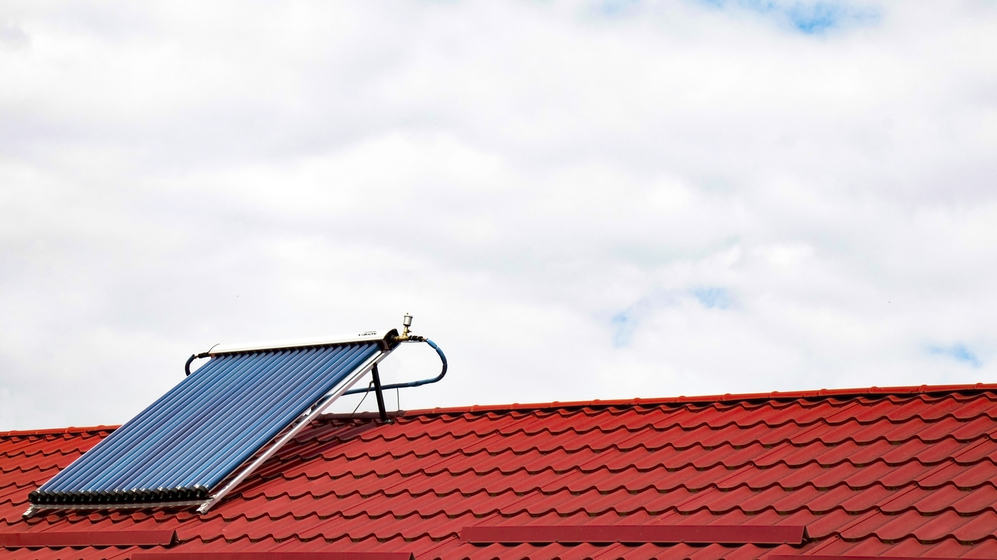Understanding solar heating panels and their installation regulations is crucial for homeowners considering this energy-efficient technology. This comprehensive guide will help you navigate the complexities of solar thermal systems while ensuring compliance with local requirements. Whether considering a new installation or optimizing an existing system, this information will help you make informed decisions.
Understanding Solar Heating Basics
Solar thermal systems come in two main configurations: active and passive. Active systems use pumps and controllers to move heat transfer fluid, while passive systems rely on natural convection. Understanding these fundamental differences helps inform system selection based on your needs and climate conditions. The choice between these systems often depends on factors such as local climate, budget, and hot water demands.
Direct heating systems circulate household water directly through the solar collectors, while indirect systems use a heat transfer fluid and heat exchanger to protect against freezing. Each approach offers distinct advantages depending on your local climate and hot water demands. Indirect systems typically provide better freeze protection but require more components and maintenance.
Panel Types and Selection
Flat-plate collectors represent the most common type of solar thermal panel. These panels feature an insulated box with a dark absorber plate beneath a glass or plastic covering. Their simple design makes them cost-effective and reliable, though they may be less efficient at higher temperatures. The durability and straightforward maintenance requirements of flat-plate collectors make them particularly attractive for residential applications.
Evacuated tube collectors offer superior performance in cold climates and for high-temperature applications. Their vacuum-sealed glass tubes provide excellent insulation, allowing them to maintain efficiency even in sub-freezing conditions. While more expensive initially, their higher efficiency can justify the cost in demanding applications. The modular nature of evacuated tube systems also allows for easier maintenance and replacement of individual tubes if damaged.
System Components
A complete solar heating panel installation requires several key components working together harmoniously. The individual solar collectors connect to a storage tank through insulated piping, forming the system’s core. A controller monitors temperatures and manages fluid circulation, while backup heating ensures hot water availability during cloudy periods or times of high demand.
The heat transfer fluid requires careful selection based on climate conditions and system design. A propylene glycol solution provides essential freeze protection in freezing climates, while warmer regions may use water directly. Proper fluid maintenance, including regular testing and replacement when needed, ensures long-term system reliability and optimal heat transfer efficiency.
Installation Considerations
Following solar heating panel installation carefully, step by step, ensures optimal performance and safety. Begin with a thorough site assessment, evaluating roof structure, orientation, and potential shading issues. During the planning phase, local building codes and regulations must be considered to ensure compliance and maintain warranty coverage.
Proper orientation maximizes solar gain, with panels typically facing south in the Northern Hemisphere. Tilt angle optimization depends on latitude and primary season of use, with steeper angles favoring winter performance and shallower angles supporting summer operation. Professional installers can help determine the optimal configuration for your specific location and needs.
Performance Optimization
System performance depends heavily on proper setup and ongoing maintenance. Regular monitoring helps identify potential issues before they become severe problems while also providing insights into system efficiency and performance patterns. Adjusting flow rates seasonally optimizes heat transfer efficiency, while temperature monitoring ensures safe operation and maximum energy capture.
Advanced control systems can further enhance performance by adjusting operations based on weather conditions and hot water demand patterns. These smart controllers can significantly improve system efficiency while reducing wear on components and extending system life.
Cost and Efficiency Analysis
Initial investment varies significantly based on system size and type, but long-term energy savings often justify the investment, particularly in areas with high energy costs or strong solar incentives. When evaluating potential returns, consider current water heating costs, expected solar fraction, available tax incentives, and system maintenance costs over the expected life of the system.
Many homeowners find that solar heating systems provide attractive returns through reduced energy bills and increased property value. The availability of local and federal incentives can significantly improve the financial picture, making these systems increasingly attractive as energy costs continue to rise.

Maintenance Requirements
Regular maintenance ensures optimal performance and system longevity. Annual professional inspections should thoroughly examine all system components, including collector cleanliness and integrity, fluid quality and level, pump operation, control system function, and storage tank condition. These inspections help prevent problems before they develop while ensuring maximum system efficiency.
Homeowners can perform some basic maintenance tasks, such as visual inspections and basic cleaning, but professional service remains important for system longevity. Establishing a regular maintenance schedule helps ensure consistent performance and prevents costly repairs.
Conclusion
Homeowners can make informed decisions about system selection, installation, and maintenance by understanding these key aspects of solar heating panels. Proper planning and regular maintenance ensure optimal performance and maximum return on investment. The long-term benefits of solar heating systems, including reduced energy costs and environmental impact, make them an increasingly attractive option for homeowners looking to improve their home’s energy efficiency.

Leave a Reply